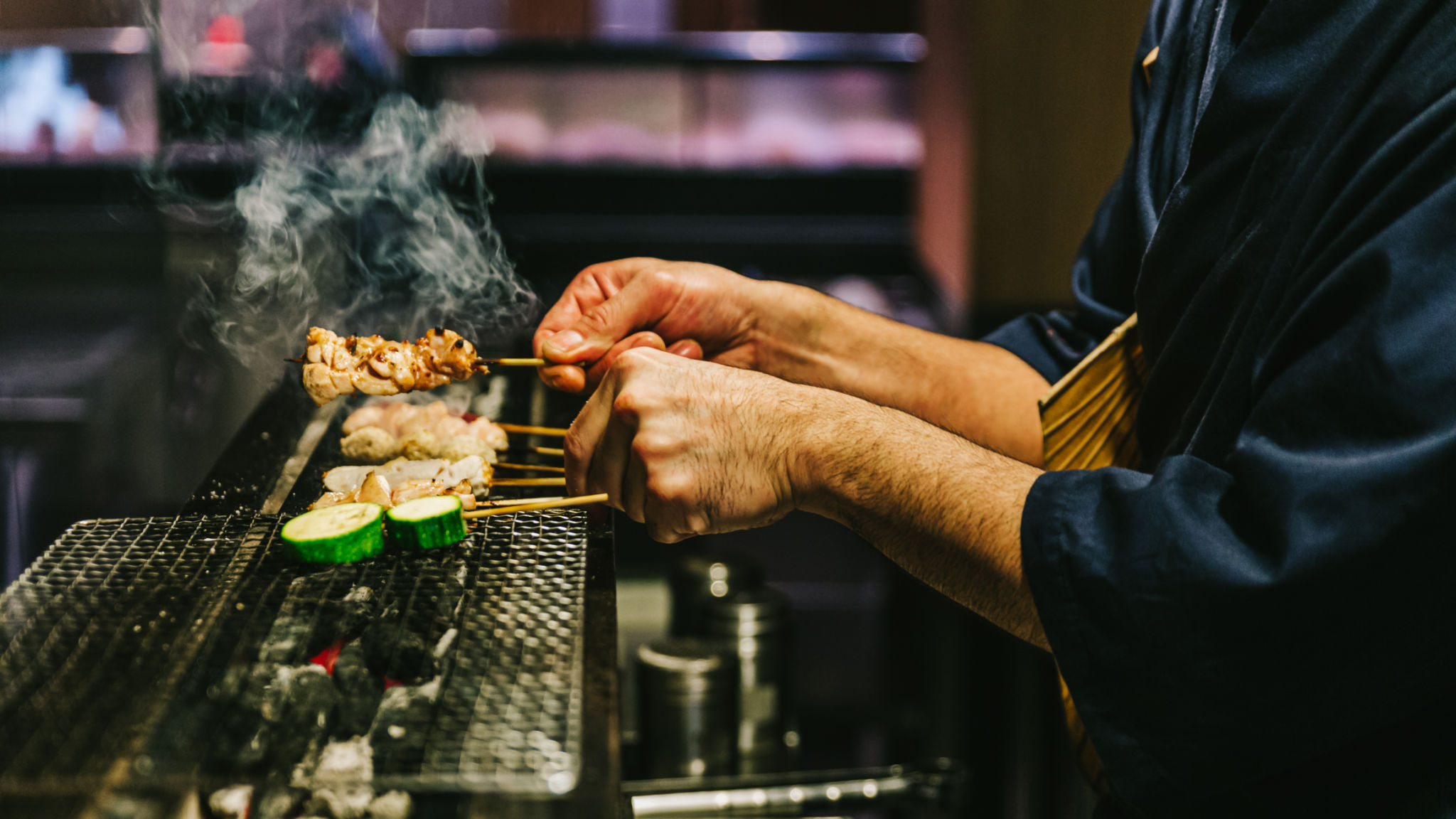The Art of Yakitori: A Culinary Experience in Siem Reap
Siem Reap is renowned for its rich cultural heritage, but it's also becoming a hotspot for culinary adventures. Among the diverse food experiences, yakitori stands out as a delightful and unique option. This Japanese culinary art brings together taste, tradition, and the joy of communal dining, offering a memorable experience for both locals and tourists.
Yakitori, which translates to "grilled chicken," involves skewering and grilling various parts of the chicken over a charcoal fire. However, in Siem Reap, the experience goes beyond just chicken. Local chefs have infused their own twists, incorporating regional flavors and ingredients to create something truly special.

The Origins of Yakitori
Yakitori has its roots in Japan, where it originated as street food during the Edo period. It was initially a simple dish, offering an affordable protein option to the masses. Over time, it evolved into a sophisticated culinary art, celebrated for its precise grilling techniques and flavor balance.
In Siem Reap, this tradition is embraced with enthusiasm. The local adaptation of yakitori not only respects its Japanese roots but also celebrates Cambodian culinary influences, making it a fusion that appeals to a broad audience.
Mastering the Grill
The essence of yakitori lies in its grilling technique. Skilled chefs in Siem Reap use binchotan charcoal, known for its clean-burning properties, to achieve that signature smoky flavor without overpowering the delicate taste of the meat. This method requires precision and an intimate understanding of heat control.

Each skewer is meticulously prepared, ensuring that every piece is uniform in size for even cooking. The art of yakitori is as much about preparation as it is about grilling, with chefs often marinating or seasoning the meat to enhance its natural flavors.
A Variety of Flavors
Yakitori offers a diverse range of flavors and textures. Diners can choose from different cuts of chicken, such as thigh, breast, skin, or liver. Each part offers a unique taste profile, providing an array of options for adventurous eaters.
In addition to chicken, many establishments in Siem Reap offer other meats like pork, beef, or seafood, often complemented by locally sourced vegetables. This variety ensures that every visit offers something new to discover.

The Dining Experience
Yakitori is more than just a meal; it's a social experience. In Siem Reap, yakitori restaurants are designed to encourage interaction, with open kitchens allowing diners to watch the chefs at work. The atmosphere is lively and informal, inviting guests to relax and enjoy the culinary journey.
Sitting at the counter with friends or family, sharing skewers and stories, enhances the sense of community and enjoyment. It's an opportunity to savor each bite while appreciating the craftsmanship behind every skewer.
Where to Experience Yakitori in Siem Reap
For those eager to explore yakitori in Siem Reap, several establishments stand out for their dedication to authenticity and innovation. These restaurants combine traditional Japanese techniques with local flavors to create extraordinary dining experiences.
- Bong Bong's Yakitori Bar: Known for its vibrant atmosphere and creative menu.
- Kanji Japanese Restaurant: Offers a serene setting with expertly crafted skewers.
- Sushi & Yakitori Bar: A popular spot for both sushi and yakitori enthusiasts.

Whether you're a seasoned foodie or new to this culinary delight, exploring the art of yakitori in Siem Reap promises an unforgettable experience. The fusion of cultural traditions and innovative flavors creates a dining adventure that captures the heart and palate.
